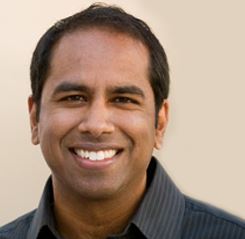Super Parents Super Teeth
June 20th, 2025

Super Parents, Super Teeth
Parents and caregivers, how do you get prepare to get super teeth for children? It's not magic. It is through careful planning and creating healthy habits that will guide your child to obtain the best oral health for the rest of their lives.
Moms (and dads) it starts with eating right during pregnancy
Dietary Recommendations include:
- Fruit - whole, frozen, or canned without added sugar
- Vegetables - fresh, low sodium, green
- Whole Grains - ideal
- Protein - lean meats, include plant proteins
- Dairy (for Calcium) - unsweetened, fat-free, non-dairy (soy, almond)
- Drink lots of water, take prenatal vitamin, limit caffeine, take a folic acid supplement
S.M.I.L.E.
S-Supportive Care. When you have a supportive spouse, your child will glean from that benefit. This makes doing difficult things like going to the dentist for your child's first visit, not difficult.
The Fear Factor. This is real. Many children and even adults have a fear of going to the dentist. There are many factors that contribute to it. New Environment. The dental office is a new space for your child. There are new sights and sounds for the senses to process. This can be overwhelming. Parents can also create undue stress from their own childhood experiences going to the dentist. Other sources such as the internet, friends and family can all fuel negative feelings. This all can add to the anxiety level of your child.
M - Monitoring Growth. Understanding your child's oral growth will help empower you to be a super parent. At your child's dental visit, dental timelines will be discussed. This includes discussing when teeth will first erupt and also when they will be replaced by permanent ones. Moreover, checking the jaw for proper alignment and growth will be discussed along with teeth spacing or lack or crowding. Lip and tongue ties will be assessed. Any injury to the oral cavity, teeth, tongue, lips, etc. will also be reviewed as well. Finally, the teeth will be checked for dental decay or cavities.
I - Instruction and Intervention. Basic brushing techniques will be reviewed. The use of rice grain size amount of toothpaste will be recommended for any children who have still have not mastered the ability to spit. A pea size amount of toothpaste will be recommended for all other ages. Supervised brushing and flossing will also be recommended for all children until they can tie his or her shoelaces. This will be a good sign that he or she has the manual ability to brush properly. The use of dental sealants is a great way to decrease your child's risk of developing dental decay.
L- Lifestyle Guidance. Diet places a vital role in keeping your child's teeth healthy. A surprising rise of fruit pouches consumption has also been linked to increased risk of dental decay due to the fact that they have added sugars. Parents, limit your child's exposure to sugary snacks and sugary drinks, like sodas. Parents, use a sand timer or even an app, to help your child brush for the allotted 2 minutes.
E- Early Intervention. The American Academy of Pediatrics recommends your child have their first dental visit by age one. Home care recommendations include an easy to remember 3-2-1 guide.
3 - Brush your teeth three times a day after meals.
2- Brush for two minutes each time.
1- Floss your teeth once day (if your teeth are in contact with one another).
If you have enjoyed this content. Continue to read our blogs and visit our website for more healthy information.




